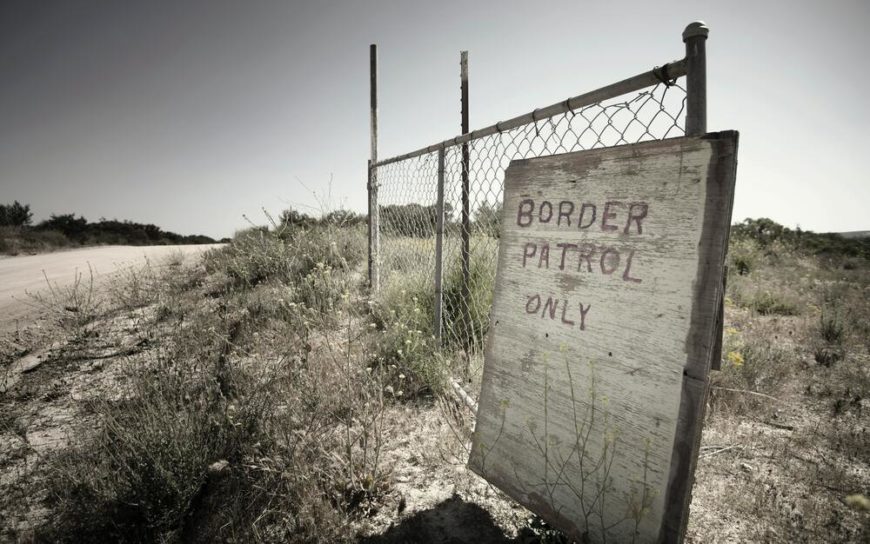Typology of Journeys of Honduran Migrant Men in Transit Through Mexico
The objective of this work is to analyze the types of journeys undertaken by Honduran migrant men in irregular transit through Mexican territory to the United States, by focusing on a set of characteristics of the journeys that are directly shaped by the agency of migrants: the use of coyotes (smugglers), the selection of routes, modes of transport, the support of assistance networks, and being employed en route. Based on data from the Survey on Migration on the Southern Border, a latent class analysis is used to identify groups (classes) of migrants who made the same types of journeys, that is, they had similar response patterns with respect to the selected indicators. Additionally, the article analyzes how the types of journeys are stratified according to migrants’ socioeconomic status. As a result of the analysis, three types of migrations in transit are identified: migrants who travel “supported by coyotes”; those “supported by assistance networks” and those who migrate “autonomously”.
Population Review
Volume 61, Number 2, 2022
Type: Article, pp. 55-75
Typology of Journeys of Honduran Migrant Men in Transit Through Mexico
Author: Eduardo Torre Cantalapiedra
Author affiliation:
Department of Population Studies, El Colegio de la Frontera Norte
Corresponding author/address: Carretera Escénica Tijuana-Ensenada 18.5 km, San Antonio del Mar, C.P. 22560, Tijuana, Baja California; e-mail: etorre@colef.mx
Abstract
The objective of this work is to analyze the types of journeys undertaken by Honduran migrant men in irregular transit through Mexican territory to the United States, by focusing on a set of characteristics of the journeys that are directly shaped by the agency of migrants: the use of coyotes (smugglers), the selection of routes, modes of transport, the support of assistance networks, and being employed en route. Based on data from the Survey on Migration on the Southern Border, a latent class analysis is used to identify groups (classes) of migrants who made the same types of journeys, that is, they had similar response patterns with respect to the selected indicators. Additionally, the article analyzes how the types of journeys are stratified according to migrants’ socioeconomic status. As a result of the analysis, three types of migrations in transit are identified: migrants who travel “supported by coyotes”; those “supported by assistance networks” and those who migrate “autonomously”.
Keywords
Patterns of migratory transit, transit migration, Emif Sur, latent class analysis, Hondurans
© 2022 Sociological Demography Press
MLA
Cantalapiedra, Eduardo Torre. “Typology of Journeys of Honduran Migrant Men in Transit Through Mexico.” Population Review, vol. 61 no. 2, 2022, p. 55-75. Project MUSE muse.jhu.edu/article/865700.
APA
Cantalapiedra, E.T. (2022). Typology of Journeys of Honduran Migrant Men in Transit Through Mexico. Population Review 61(2), 55-75. https://www.muse.jhu.edu/article/865700.
Chicago
Cantalapiedra, Eduardo Torre. “Typology of Journeys of Honduran Migrant Men in Transit Through Mexico.” Population Review 61, no. 2 (2022): 55-75. muse.jhu.edu/article/865700.
Endnote
TY – JOUR T1 – Typology of Journeys of Honduran Migrant Men in Transit Through Mexico A1 – Cantalapiedra, Eduardo Torre JF – Population Review VL – 61 IS – 2 SP – 55 EP – 75 PY – 2022 PB – Sociological Demography Press SN – 1549-0955 UR – https://muse.jhu.edu/article/865700 N1 – Volume 61, Number 2, 2022 ER –




